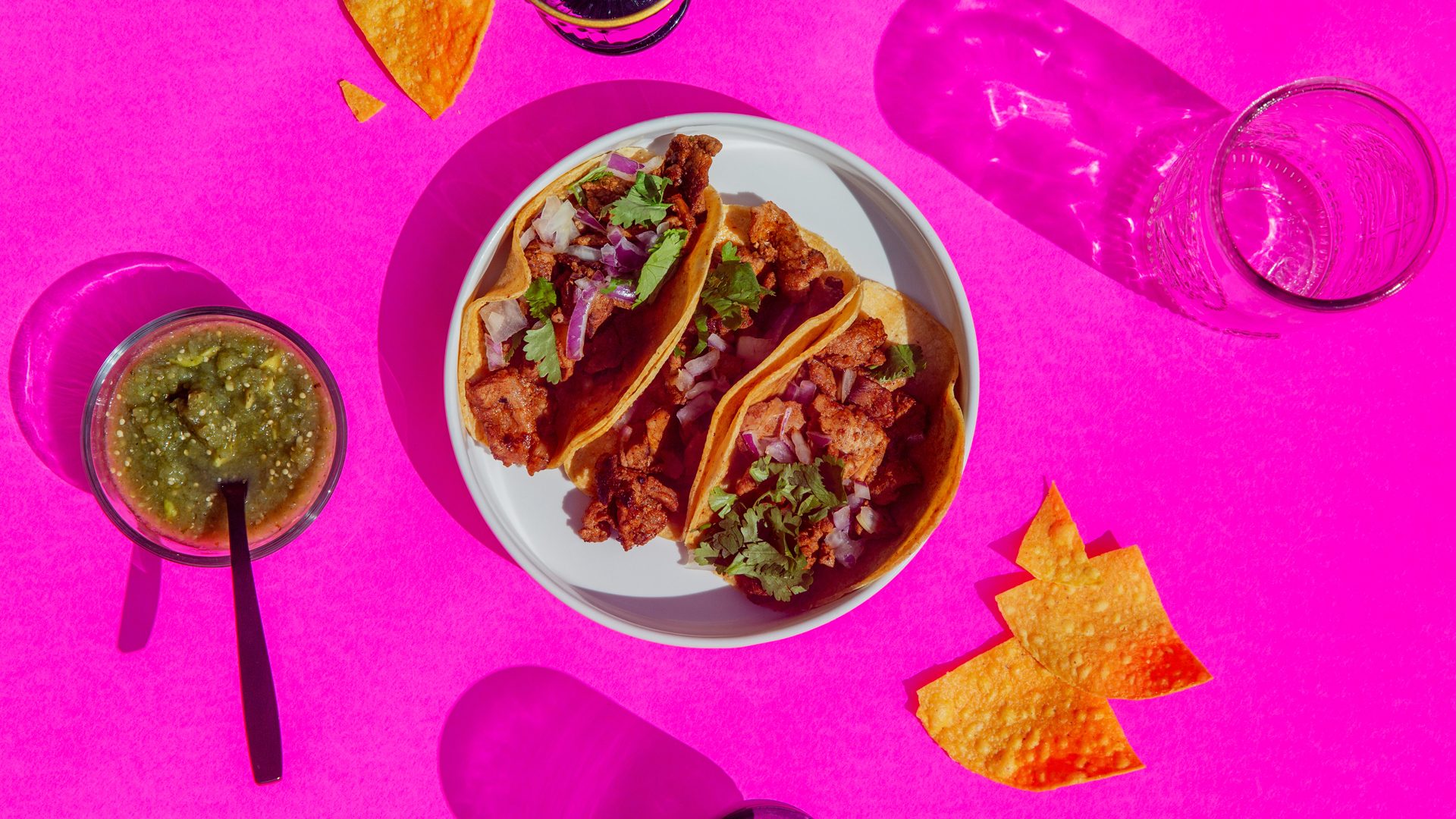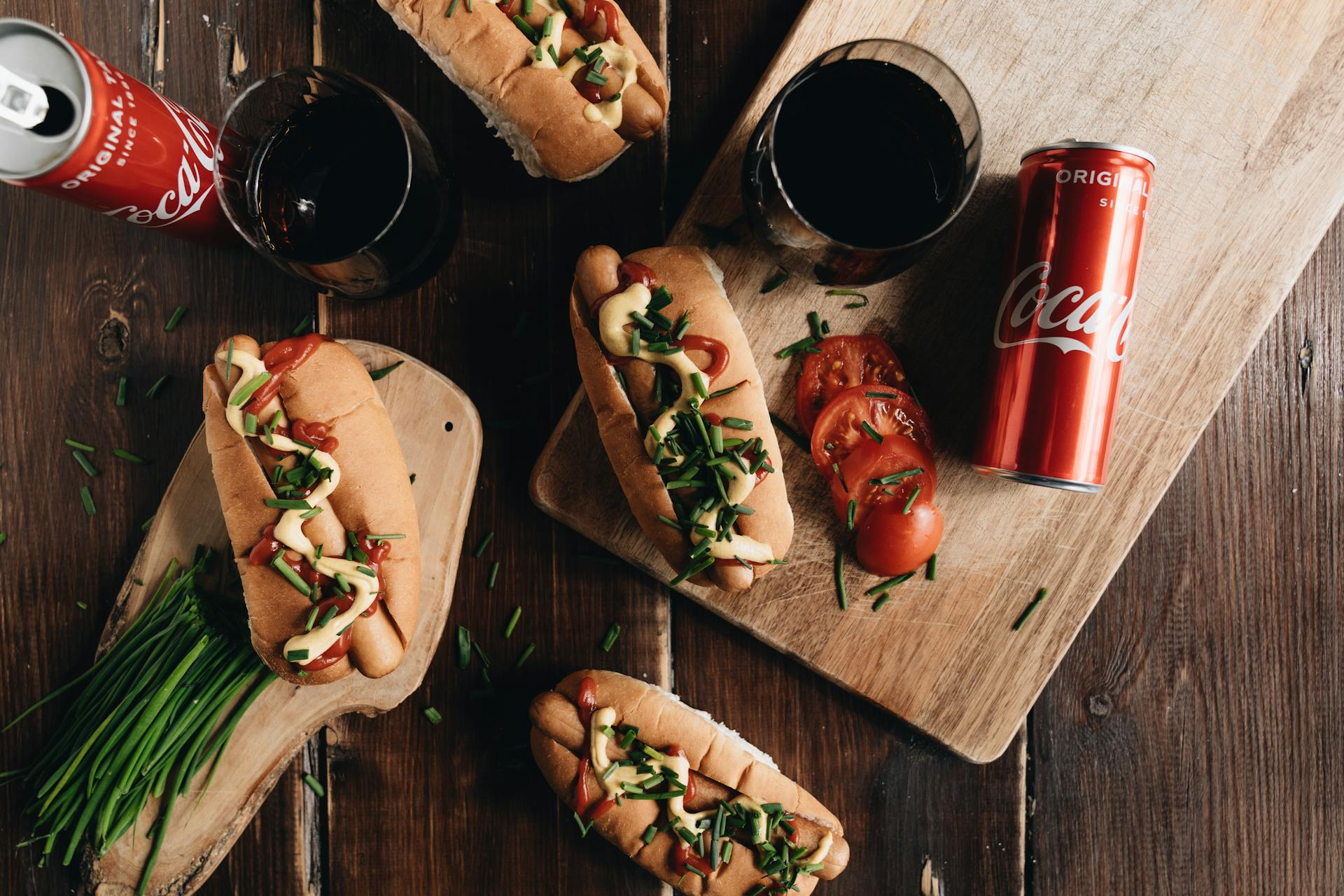In November, the Private Label Manufacturers Association (PLMA) held its annual trade show in Chicago, Illinois. The show featured a record 1,600+ vendors and more than 10,000 products amid a year many might regard as The Year of Private Label.
The theme of the show was The Store Brands Phenomenon, and the data holds up to support that moniker; Circana data revealed store-brand dollar sales rose 5.9% during the first nine months of 2023, outpacing the 4.3% growth of national brands. Store brand sales breached over $230 billion by the time the champagne was popped on December 31st.
The Food Institute sat down with PLMA president Peggy Davies to discuss all the action. Davies is a longtime veteran of the food industry – she was named president of PLMA in 2020 after joining as vice president in 2016 and more than 20 years on its board of directors. She’s also had decades of experience in the private-label industry with stints at Daymon Associates, Comstock Michigan Fruit-Agrilink-Birds Eye, and McCain Foods USA, Inc. In 2013, she was the first woman to be inducted in the Private Label Hall of Fame and is a strong advocate for diversity and inclusion in the workplace.
Jim Griffin also joined the conversation. Griffin is president of Daymon North America, a global private-brand development firm.
2023: The Year of Private Label
FI: November’s CPI numbers revealed that despite cooling inflation, prices for food at home and food away from home still rose (+0.3% and +0.4%, respectively). Should consumers expect the value proposition of private label to extend well into 2024?
PD: PLMA projected total store-brand sales for 2023 to be about $233 billion, an increase of $3 billion over the prior year and an all-time record for the industry. Looking ahead, we think retailers will continue to promote their store brands as they always have through the busy shopping season. A great example was Kroger’s launch of a holiday campaign featuring its own brands.
JG: Despite slowed inflation, Daymon research finds consumer perception of price remains high. Of the shoppers who perceive food prices as higher than last year, 91% will be changing their purchasing behaviors in some way, with deal seeking and paying close attention to overall value, like price per ounce, being the top purchasing shifts.
Notably, most of these shoppers are not turning to smaller quantities of items for their needs, but rather finding alternative solutions to drive value – primarily through purchasing private brands.
Increasing levels of trust and perceptions of quality and value are prompting consumers to flock to private brands in record fashion. – Jim Griffin, president, Daymon North America
Private brands foundationally deliver on better overall value at shelf, furthering their opportunity to win and grow in rising-price retail environments. Ninety-four percent of shoppers planned to purchase private brand groceries last holiday season, and we anticipate consumer affinity to continue growing in 2024 and beyond, with innovation a critical component and positive product experiences from trial continuing their momentum.
How Private Label / Store Brand Arrived
FI: What have been some of the aha! moments these past 18 months or so as the cost of everything rose and private label really came to the forefront?
Store brands didn’t become popular with consumers overnight. Private-label sales have been growing steadily since 2018. – Peggy Davies, PLMA President
In fact, one out of five products sold is a store brand. What this tells us is consumers know and trust their local grocer to provide not only quality but also the innovative and authentic products they seek.
More importantly, the retailer knows their customer – they make sure their own brand on the shelf is a product the customer’s going to want to put in their basket. That said, the variety and innovation of store brands has never been more evident than today. The tens of thousands of authentic, innovative, and quality products that were showcased at our “Store Brands Phenomenon” Private Label Trade Show in Chicago was proof.
JG: Notably, growing consumer interest in gourmet and international cuisines, specialty ingredients, and convenience-driven formats all led to the premium tier of private brands enjoying the most growth from 2020 to 2022 and should continue to be an increasingly important differentiator.
Secondly, 44% of shoppers tell us they are purchasing more private brands today than they were a year ago. Beyond price and value, 63% said a top reason why they are purchasing more private brands is because of improved quality. As best-in-class retailers continue delivering world-class private brand assortments, they are doing so by pushing innovation while also delivering against quality expectations, prompting a shift that has raised the bar for consumer interest, heightened perceptions, and overall desire for private brands. This also increases the need for retailers to ensure their quality guidelines are consistent across their brand offerings and executed correctly to avoid negatively impacting that experience.
FI: Circana data showed that store-brand dollar sales rose 5.9% during the first nine months of 2023, outpacing the 4.3% growth of national brands. Meanwhile, IGA president and CEO John Ross said he hopes the term national brand equivalent simply disappears from marketing teams’ (and consumers’) minds. How close are we to that? Do we need to categorize private-label brands at all in the future?
PD: Millennials grew up with store brands and they see them for what they are – a brand. And when we look at our future store-brand consumers, a recent PLMA Gen Z study shows that 67% are “extremely/very” aware of store brands. Most consumers see a store’s private label and choose to put it in their basket because its attributes appeal to them, or they tried it and had a good experience. So, do I think at some point the phrase “national brand equivalent” will no longer be part of the discussion in the industry? I can’t really predict, but as it stands it’s not something you generally see in the media and marketing retailers are putting toward their own brands. If you were at the show and visited the Idea Supermarket, you would have seen all the television commercials that are exclusive to store brands. They didn’t compare their products to another brand. Store brands were 100% front and center.
JG: Without a doubt, there is a transformation taking place in the private brand mainstream tier where products are moving away from strict equivalency to national brands and becoming true national brand alternatives. These products and brands still maintain a quality level consistent with core national brands in the category but are instead developed against consumer insights and needs directly, creating true differentiation through unique attributes such as claims and flavors. This gives innovation a distinct role to play across the entire portfolio, no longer as just a premium tier play.
Overall, this speaks to the shift of best-in-class retailers treating private brands like true brands – from brand strategy, to design, to product development, to marketing and merchandising. While some brand strategies may still choose to include and incorporate national brand equivalency within these guidelines, especially to drive overall value for consumers, we expect this to no longer be the singular definition of private brands in the future for many brands.
As retailers shift towards these consumer-centric brand positionings and more innovative offerings, clear quality guidelines and marketing support will be critical to ensure consumers understand the brand, have a consistent experience, and turn purchasing into true brand and banner loyalty. – Jim Griffin, president, Daymon North America
Hot Innovation in the Frozen Aisle
FI: The frozen aisle continues to offer wild innovation as the cold chain evolves and brands can offer real nutritional value and flavor instead of the sodium-bombs of the 90s. What’s next for private label in this aisle?
PD: Frozen is an opportunity category for private label. Recent Circana data tells us it’s a $18.2 billion category. Frozen is not unlike other categories where retailers are hearing the consumer wants authentic, healthy, and convenient products, and are partnering with our members to stock their cases with items like plant-based dinners, free-from frozen novelties, and quick-serve entrees featuring ethnic ingredients and flavors.
One of our Sunday Seminar speakers at the trade show was Kevin Ryan, founder and CEO of Malachite Strategy and Research. Ryan cited frozen snacks as growth opportunities for store brands. Given the number of exhibitors at our trade show showcasing frozen store brands, I’m sure we’ll be seeing even more innovation in the category in 2024.
JG: Private Brands in frozen aisles have a significant runway of opportunity. With Frozen and Dairy departments comprising over a third of total private-brand grocery dollar business, they are extremely important and of heightened focus for food retailers.
First, we expect to see a rise in items catering to lifestyle-specific needs. Health-conscious consumers are on the rise, with 70% of consumers saying they are exerting more effort to select healthier and nutritious foods than last year, with top claims consumers seek out including no-added sugar or low sugar, no artificial preservatives, and low-sodium. Plant-forward assortments are one critical way for private brands to continue delivering against these needs.
Second, implementing more functional ingredients continues across the frozen aisle, as nearly three in four shoppers follow a dietary approach of some kind. Daymon research shows the largest dietary influence is high protein, with 35% of total shoppers seeking out this claim. Functional ingredients and respective callouts can provide innovative ways for shoppers to achieve these goals across a multitude of frozen categories.
Finally, the influence of global cuisine and spicier flavor options are driving dynamic pairings in this aisle. According to Daymon’s 2023 Future of Flavor report, 67% of consumers are interested in unexpected international flavors in new categories, with global flavors from India, China, and Thailand in demand and expanding in frozen food.












